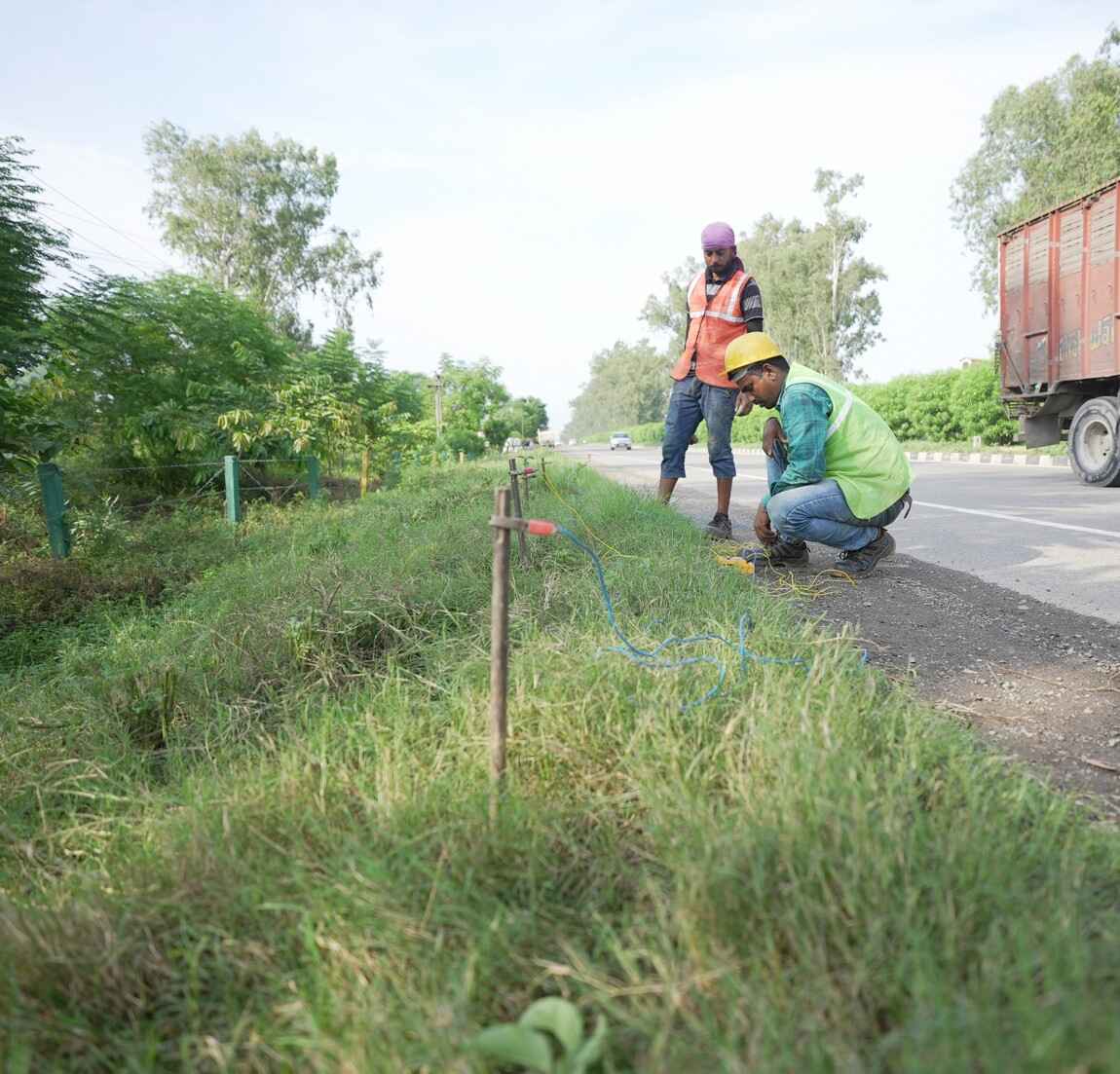About Corrosion Survey/ Resistivity Survey
Electrical Resistivity and Corrosion Surveys provide a crucial method for inspecting and evaluating the corrosion status and associated risks of underground or submerged metallic structures. Commonly utilized in infrastructure and asset management industries, this technique is essential for ensuring the longevity and safety of critical assets. By measuring electrical resistivity, we can accurately assess the condition of pipelines, storage tanks, and reinforced concrete structures. This precise evaluation helps in identifying potential corrosion issues early, allowing for timely maintenance and prevention measures, ultimately safeguarding your investments and operations.

Corrosion Survey/ Resistivity Survey
Electrical Resistivity and Corrosion Surveys utilize various configurations to gather detailed subsurface information, including Wenner, Schlumberger, Dipole-Dipole, Pole-Dipole, Gradient, and Cross-Hole arrays. Among these, the Wenner array, along with the Wenner-Schlumberger modification, is one of the simplest and most commonly used. This method involves placing four equally spaced electrodes in a straight line, with the outer electrodes for current injection and the inner ones for potential measurement. This technique is effective for precise corrosion assessment and ensures informed maintenance decisions for pipelines, storage tanks, and reinforced concrete structures.
Comprehensive Corrosion Assessment
- Identification of corrosion status and associated risks
- Commonly used in infrastructure and asset management
- Targets subterranean or submerged metallic structures
- Assessment of structures like pipelines, storage tanks, and reinforced concrete structures
- Ground water potential assessment





